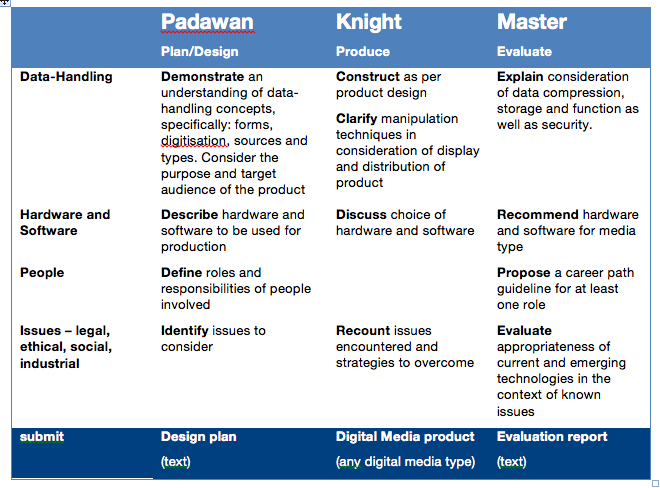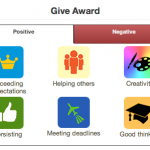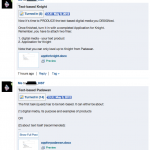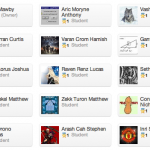Today I took my year 10 IST students to the Microsoft headquarters in Sydney. This was the first school excursion I’ve ever organised and after jumping so many hoops, I was really hoping it’d all be worth it.
The free event was organised by 2realise, a government-funded initiative to help students explore career pathways. The pitch was promoting careers in IT for women and this was good enough for me to jump the hoops to take my girls.
The event ran for 2 – 1/2 hours, comprising of an overview of career pathways in Microsoft, a Q and A session with a panel of women employees from various divisions, a tour of the office and finally a session on gaming (er, Interactive Entertainment Division), including playing Xbox Kinects.
The Good
All-up, I think the event was a success in enthusing students about IT, in general, and the potential of careers in IT. One student said, “I thought that I really couldn’t work in an office environment but I could work in that office”. Microsoft had funky furniture in different configurations, shapes and colours – meeting hubs, workspaces, etc. Employees had cool lockers – because they have no desks. Each floor had a kitchen/dining area where employees could get free hot and cold drinks. There were also chill zones for relaxation or playing Xbox, table soccer, etc.
Panelists spoke passionately about their different roles and how they loved the flexible work arrangements, travel, opportunities for professional learning and career advancement. The graduate program sounded really good. They all seemed to love what they were doing and genuinely loved working at Microsoft (maybe I should go back to IT and work for Microsoft).
My students were a-buzz and the de-brief on the way home indicated that they really enjoyed the experience…. I even got a ‘thank you’. (Aside: I’m sure I read a while ago that students remember excursions more than what they learn in the classrooms).
But then
The downside, I think, was that there were no panelists who were “real” techies – the geeky side of IT. It’s not a real surpise given that Microsoft research and development are all outside of Australia (maybe I won’t go back to IT or work for Microsoft, after all). The focus in Australia is sales, marketing and technical support. All good professions, I’m sure, but not for me.
I felt disappointed every time a panelist said that they’re not a techie as I felt they were saying they were not good enough for it. Maybe they’re too cool to be a geek? OR maybe, I’m just reading too much into it? However, I felt short-changed for not hearing techie stories of women thriving in a techie world.
It was certainly good to hear that the company is working towards further raising the current 29:71 ratio of women to men. I do wonder though if that ratio is higher in Sales and Marketing and so the disparity and stereotypes continue?
Here I am trying to enthuse my girls to get excited about IT research and development. Yet, how much of that actually happens in Australia? Are exciting IT jobs off-shore?
So then
So, was it worth it? I am not so sure yet. But hey, I’ve learned how to organise excursions. The class feels closer and I’ve also got something concrete I can refer back to in future lessons.
Hmmm, where can I take them next? Requests are in for Apple and Google. How hard can it be to score an excursion to these places?













